Peanuts, known as “땅콩 (ttangkong)” in Korean, have a long and rich history in Korean cuisine and culture. From traditional dishes to modern snacks, peanuts play a versatile role in Korean food and beyond. In this article, we will explore the significance of peanuts in Korean culture, their health benefits, culinary uses, and how you can incorporate them into your own cooking. So let’s delve into the world of peanuts and discover why they are a prized ingredient in Korean cuisine. Peanuts have been cultivated in Korea for centuries and have become an integral part of the country’s culinary heritage. In Korean culture, peanuts are commonly enjoyed as a tasty snack, often roasted and seasoned with a variety of flavors such as salt, sugar, or spices. These crunchy treats are a popular accompaniment to drinks and are frequently served at social gatherings and celebrations. Beyond their role as a snack, peanuts are also used in a variety of traditional Korean dishes. One classic example is “kongbap,” a simple yet flavorful dish consisting of peanuts and rice cooked together. The peanuts add a nutty richness to the dish, complementing the subtle sweetness of the rice. Kongbap is often enjoyed as a comforting meal, especially during the colder months when warm, hearty dishes are preferred. In addition to savory dishes, peanuts are also featured in Korean desserts. One popular sweet treat is “konggaru bap,” a type of rice cake made with powdered peanuts. This dessert is both delicious and satisfying, with the peanuts lending a creamy texture and nutty flavor to the chewy rice cake. Konggaru bap is often served at special occasions and holidays, symbolizing good fortune and prosperity.
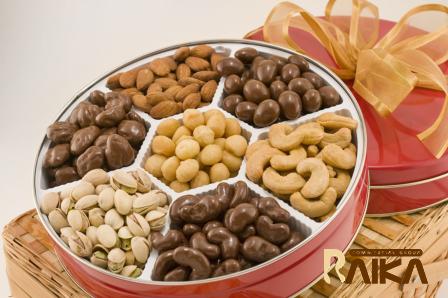
.
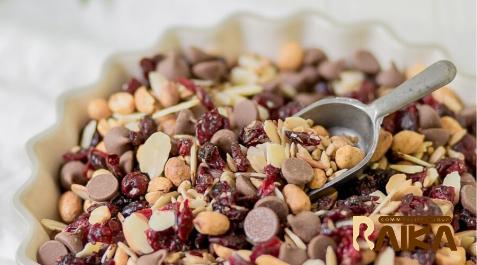 Aside from their culinary appeal, peanuts also offer a range of health benefits. Packed with essential nutrients such as protein, fiber, and healthy fats, peanuts are a nutritious addition to any diet. They are also a good source of vitamins and minerals, including vitamin E, magnesium, and folate. Studies have shown that peanuts may help lower the risk of heart disease, improve blood sugar control, and support weight management. One of the key health benefits of peanuts is their high protein content. Protein is essential for building and repairing tissues in the body, making it a crucial nutrient for overall health. Peanuts are an excellent plant-based source of protein, making them a valuable addition to vegetarian and vegan diets. Incorporating peanuts into your meals can help you meet your daily protein needs and support muscle growth and repair. Another notable health benefit of peanuts is their heart-healthy fats. Peanuts are rich in monounsaturated and polyunsaturated fats, which have been linked to a reduced risk of heart disease. These fats help lower levels of “bad” LDL cholesterol in the blood, while raising levels of “good” HDL cholesterol. Including peanuts in your diet can help improve your heart health and reduce the risk of cardiovascular problems. In addition to their nutritional value, peanuts are also a great source of energy. The combination of protein, healthy fats, and carbohydrates in peanuts provides a sustained release of energy, making them an ideal snack for busy days or intense workouts. Whether you’re looking for a quick pick-me-up or a post-workout refuel, peanuts are a convenient and nutritious option to keep you going throughout the day. When it comes to cooking with peanuts, the possibilities are endless. In Korean cuisine, peanuts are often used in both savory and sweet dishes, adding depth of flavor and texture to a variety of recipes. You can crush peanuts to create a crunchy topping for salads or noodle dishes, blend them into a creamy sauce for satay or dipping, or stir them into soups and stews for added richness. For a simple and delicious Korean-inspired dish, try making “kongjang,” a sweet and savory peanut side dish.
Aside from their culinary appeal, peanuts also offer a range of health benefits. Packed with essential nutrients such as protein, fiber, and healthy fats, peanuts are a nutritious addition to any diet. They are also a good source of vitamins and minerals, including vitamin E, magnesium, and folate. Studies have shown that peanuts may help lower the risk of heart disease, improve blood sugar control, and support weight management. One of the key health benefits of peanuts is their high protein content. Protein is essential for building and repairing tissues in the body, making it a crucial nutrient for overall health. Peanuts are an excellent plant-based source of protein, making them a valuable addition to vegetarian and vegan diets. Incorporating peanuts into your meals can help you meet your daily protein needs and support muscle growth and repair. Another notable health benefit of peanuts is their heart-healthy fats. Peanuts are rich in monounsaturated and polyunsaturated fats, which have been linked to a reduced risk of heart disease. These fats help lower levels of “bad” LDL cholesterol in the blood, while raising levels of “good” HDL cholesterol. Including peanuts in your diet can help improve your heart health and reduce the risk of cardiovascular problems. In addition to their nutritional value, peanuts are also a great source of energy. The combination of protein, healthy fats, and carbohydrates in peanuts provides a sustained release of energy, making them an ideal snack for busy days or intense workouts. Whether you’re looking for a quick pick-me-up or a post-workout refuel, peanuts are a convenient and nutritious option to keep you going throughout the day. When it comes to cooking with peanuts, the possibilities are endless. In Korean cuisine, peanuts are often used in both savory and sweet dishes, adding depth of flavor and texture to a variety of recipes. You can crush peanuts to create a crunchy topping for salads or noodle dishes, blend them into a creamy sauce for satay or dipping, or stir them into soups and stews for added richness. For a simple and delicious Korean-inspired dish, try making “kongjang,” a sweet and savory peanut side dish.
..
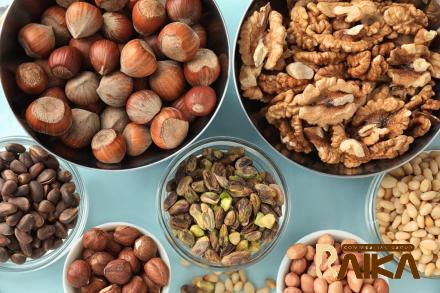 To make kongjang, simmer peanuts in a mixture of soy sauce, sugar, garlic, and sesame oil until they are caramelized and coated in a sticky glaze. This delightful dish can be served as a side dish or snack, adding a burst of flavor to any meal. If you’re in the mood for something sweet, why not try making “patbingsu,” a popular Korean dessert featuring shaved ice topped with sweet red beans, fruit, and peanuts. The peanuts add a delightful crunch to the creamy shaved ice, creating a refreshing and indulgent treat that’s perfect for hot summer days. You can customize patbingsu with your favorite toppings to suit your taste preferences. In conclusion, peanuts, or “땅콩 (ttangkong)” in Korean, are a versatile and nutritious ingredient that holds a special place in Korean cuisine. From traditional dishes to modern snacks, peanuts play a significant role in Korean food culture, offering a unique flavor profile and a wealth of health benefits. Whether you enjoy them as a snack, a main dish, or a dessert, peanuts are sure to delight your taste buds and nourish your body. So why not explore the world of peanuts in Korean cuisine and experience the delicious flavors and textures they have to offer? Happy cooking and enjoy your journey into the world of peanuts! As you delve deeper into the world of peanuts in Korean cuisine, you’ll discover a whole array of dishes and snacks that highlight the versatility and deliciousness of this humble nut. From street food favorites to home-cooked meals, peanuts play a starring role in many beloved Korean recipes. One popular street food snack featuring peanuts is “bbopki,” a type of rice puff coated in a sweet and crunchy peanut glaze. Bbopki is a delightful treat enjoyed by people of all ages in Korea, offering a perfect balance of sweetness and nuttiness in every bite. The crispy texture of the rice puff combined with the rich flavor of the peanut glaze makes bbopki a must-try snack for anyone looking to experience the vibrant street food culture of Korea. In addition to street food snacks, peanuts are also commonly used in traditional Korean barbecue dishes. One classic example is “galbijjim,” a braised beef short rib dish that is often garnished with crushed peanuts for added crunch and flavor. The peanuts complement the tender meat and savory sauce, creating a mouthwatering dish that is sure to impress your guests at any gathering or celebration.
To make kongjang, simmer peanuts in a mixture of soy sauce, sugar, garlic, and sesame oil until they are caramelized and coated in a sticky glaze. This delightful dish can be served as a side dish or snack, adding a burst of flavor to any meal. If you’re in the mood for something sweet, why not try making “patbingsu,” a popular Korean dessert featuring shaved ice topped with sweet red beans, fruit, and peanuts. The peanuts add a delightful crunch to the creamy shaved ice, creating a refreshing and indulgent treat that’s perfect for hot summer days. You can customize patbingsu with your favorite toppings to suit your taste preferences. In conclusion, peanuts, or “땅콩 (ttangkong)” in Korean, are a versatile and nutritious ingredient that holds a special place in Korean cuisine. From traditional dishes to modern snacks, peanuts play a significant role in Korean food culture, offering a unique flavor profile and a wealth of health benefits. Whether you enjoy them as a snack, a main dish, or a dessert, peanuts are sure to delight your taste buds and nourish your body. So why not explore the world of peanuts in Korean cuisine and experience the delicious flavors and textures they have to offer? Happy cooking and enjoy your journey into the world of peanuts! As you delve deeper into the world of peanuts in Korean cuisine, you’ll discover a whole array of dishes and snacks that highlight the versatility and deliciousness of this humble nut. From street food favorites to home-cooked meals, peanuts play a starring role in many beloved Korean recipes. One popular street food snack featuring peanuts is “bbopki,” a type of rice puff coated in a sweet and crunchy peanut glaze. Bbopki is a delightful treat enjoyed by people of all ages in Korea, offering a perfect balance of sweetness and nuttiness in every bite. The crispy texture of the rice puff combined with the rich flavor of the peanut glaze makes bbopki a must-try snack for anyone looking to experience the vibrant street food culture of Korea. In addition to street food snacks, peanuts are also commonly used in traditional Korean barbecue dishes. One classic example is “galbijjim,” a braised beef short rib dish that is often garnished with crushed peanuts for added crunch and flavor. The peanuts complement the tender meat and savory sauce, creating a mouthwatering dish that is sure to impress your guests at any gathering or celebration.
…
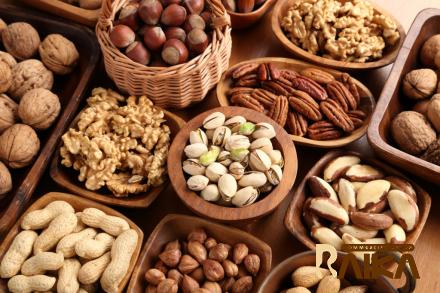 For those with a sweet tooth, Korean peanut candies are a delicious and satisfying indulgence. “Korean peanut brittle,” known as “tanggang” in Korean, is a crisp and chewy confection made with caramelized sugar and roasted peanuts. Tanggang is a popular treat during festive occasions such as Lunar New Year, offering a delightful mix of textures and flavors that are sure to please dessert lovers of all ages. Beyond the realm of traditional dishes and snacks, peanuts can also be incorporated into modern and innovative recipes that put a unique twist on classic flavors. For a refreshing and nutritious meal, try making a “Korean peanut noodle salad” featuring chilled noodles tossed with a flavorful peanut dressing, fresh vegetables, and herbs. This vibrant dish is perfect for hot summer days when you crave a light and satisfying meal that bursts with bold, nutty flavors. If you’re looking to impress your guests with a show-stopping dessert, consider making a “Korean peanut butter pie” featuring a buttery graham cracker crust, a rich and creamy peanut butter filling, and a decadent chocolate drizzle on top. This indulgent dessert combines the beloved flavors of peanuts and chocolate in a delightful and satisfying way, making it a perfect choice for special occasions or celebrations. As you explore the world of peanuts in Korean cuisine, you’ll come to appreciate the depth of flavor, versatility, and nutritional benefits that this humble nut has to offer. Whether you’re enjoying peanuts as a savory snack, a key ingredient in a traditional dish, or a delightful dessert, their unique taste and texture are sure to leave a lasting impression on your taste buds. In conclusion, peanuts, or “땅콩 (ttangkong)” in Korean, are an essential ingredient in Korean cuisine that adds a distinctive flavor and texture to a wide range of dishes and snacks. Whether you’re a seasoned cook looking to experiment with new flavors or someone who simply enjoys exploring different culinary cultures, incorporating peanuts into your cooking repertoire will open up a world of delicious possibilities that are sure to delight your palate and nourish your body. So why not embark on a culinary adventure with peanuts in Korean cuisine and experience the rich flavors and textures that this versatile ingredient has to offer? From classic dishes to modern creations, peanuts are a staple in Korean food culture that continues to captivate and inspire food lovers around the world. Get ready to tantalize your taste buds and elevate your cooking skills with the irresistible allure of peanuts in Korean cuisine. Happy cooking and bon appétit!
For those with a sweet tooth, Korean peanut candies are a delicious and satisfying indulgence. “Korean peanut brittle,” known as “tanggang” in Korean, is a crisp and chewy confection made with caramelized sugar and roasted peanuts. Tanggang is a popular treat during festive occasions such as Lunar New Year, offering a delightful mix of textures and flavors that are sure to please dessert lovers of all ages. Beyond the realm of traditional dishes and snacks, peanuts can also be incorporated into modern and innovative recipes that put a unique twist on classic flavors. For a refreshing and nutritious meal, try making a “Korean peanut noodle salad” featuring chilled noodles tossed with a flavorful peanut dressing, fresh vegetables, and herbs. This vibrant dish is perfect for hot summer days when you crave a light and satisfying meal that bursts with bold, nutty flavors. If you’re looking to impress your guests with a show-stopping dessert, consider making a “Korean peanut butter pie” featuring a buttery graham cracker crust, a rich and creamy peanut butter filling, and a decadent chocolate drizzle on top. This indulgent dessert combines the beloved flavors of peanuts and chocolate in a delightful and satisfying way, making it a perfect choice for special occasions or celebrations. As you explore the world of peanuts in Korean cuisine, you’ll come to appreciate the depth of flavor, versatility, and nutritional benefits that this humble nut has to offer. Whether you’re enjoying peanuts as a savory snack, a key ingredient in a traditional dish, or a delightful dessert, their unique taste and texture are sure to leave a lasting impression on your taste buds. In conclusion, peanuts, or “땅콩 (ttangkong)” in Korean, are an essential ingredient in Korean cuisine that adds a distinctive flavor and texture to a wide range of dishes and snacks. Whether you’re a seasoned cook looking to experiment with new flavors or someone who simply enjoys exploring different culinary cultures, incorporating peanuts into your cooking repertoire will open up a world of delicious possibilities that are sure to delight your palate and nourish your body. So why not embark on a culinary adventure with peanuts in Korean cuisine and experience the rich flavors and textures that this versatile ingredient has to offer? From classic dishes to modern creations, peanuts are a staple in Korean food culture that continues to captivate and inspire food lovers around the world. Get ready to tantalize your taste buds and elevate your cooking skills with the irresistible allure of peanuts in Korean cuisine. Happy cooking and bon appétit!

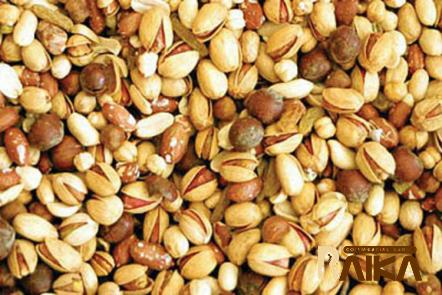
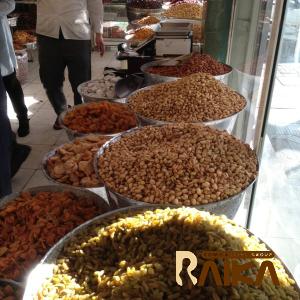
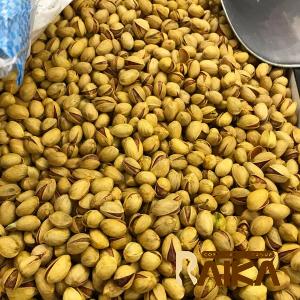
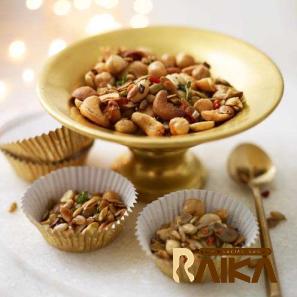
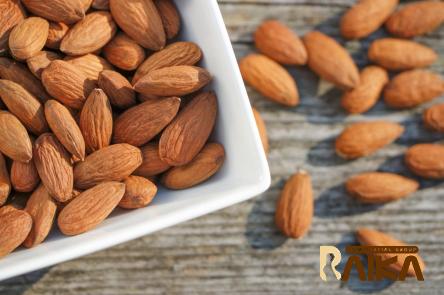
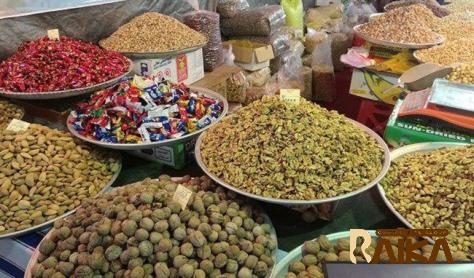
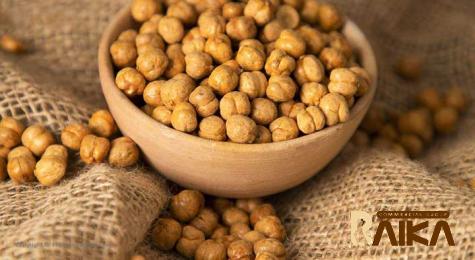
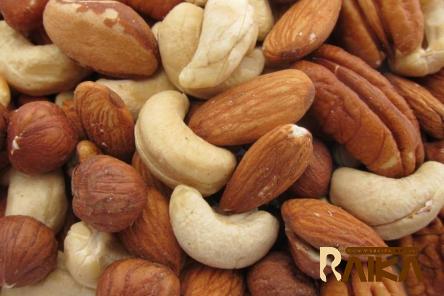
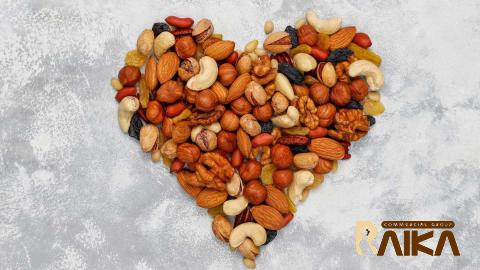
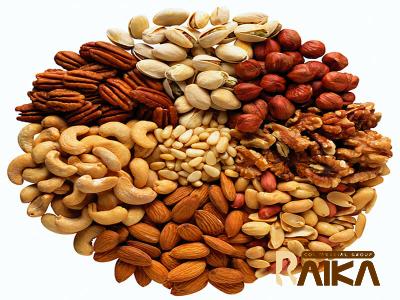
Your comment submitted.